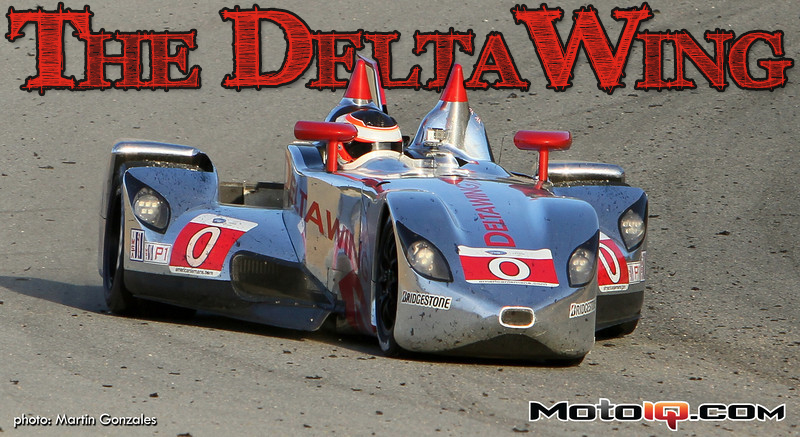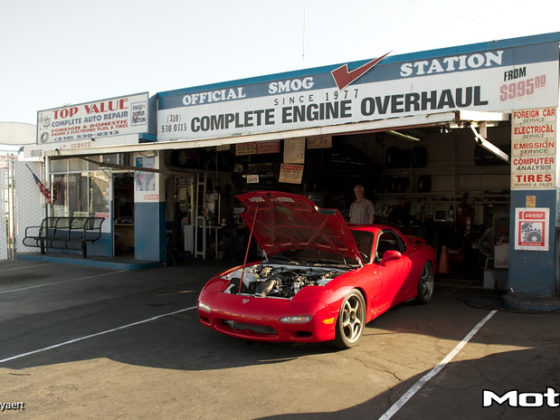,
 The undertray and rear venturi/tunnels are modified to fit the AMR tub. Their placement and shape does not look to be ideal and they are somewhat compromised by the need to adapt an existing tub. Use of the Aston Martin tub was done to both cut costs and to speed the FIA impact test homologation process. Having to adapt an existing tub caused a 35 percent loss of downforce compared to the CFD model of the car's original concept.
The undertray and rear venturi/tunnels are modified to fit the AMR tub. Their placement and shape does not look to be ideal and they are somewhat compromised by the need to adapt an existing tub. Use of the Aston Martin tub was done to both cut costs and to speed the FIA impact test homologation process. Having to adapt an existing tub caused a 35 percent loss of downforce compared to the CFD model of the car's original concept. You can see that Gurney flap add ons have appeared at the ends of the tunnel since the car's introduction probably as an effort to do some aero tuning and to increase downforce. We think the airflow around the exit of the tunnels is pretty dirty rendering the flaps less effective as we think the heat exchanger exit air is bled off in the area between the tunnel exit and the top of the bodywork.
You can see that Gurney flap add ons have appeared at the ends of the tunnel since the car's introduction probably as an effort to do some aero tuning and to increase downforce. We think the airflow around the exit of the tunnels is pretty dirty rendering the flaps less effective as we think the heat exchanger exit air is bled off in the area between the tunnel exit and the top of the bodywork.Somewhere in this area are some hinged flaps on the top of the bodywork that are supposed to blow open during a spin and prevent the car from taking off. You can see some of the car's rushed development and forced use of retasked parts in the crudeness of how some of these airstreams are handled in the heat exchanger exit air which seems to simply blow around inside the bodywork. This probably greatly reduces the car's overall aero efficiency. In some photos you can see a crudely mounted oil cooler simply hanging off in the breeze at the top outer part of the left side tunnel, the likes of which we haven't seen since the 70's.
 The heat exchanger inlets for the charge air and the coolant are on either side of the sidepods. The inlet geometry and area has changed during the car's development cycle, getting larger since the car's first public introduction. We think that perhaps the car was undercooled and the inlet size has been creeping up since the car's Buttonwillow debut. The larger and more powerful recently adpoted Eian motor probably has something to do with the swelling inlet size.
The heat exchanger inlets for the charge air and the coolant are on either side of the sidepods. The inlet geometry and area has changed during the car's development cycle, getting larger since the car's first public introduction. We think that perhaps the car was undercooled and the inlet size has been creeping up since the car's Buttonwillow debut. The larger and more powerful recently adpoted Eian motor probably has something to do with the swelling inlet size.
 Perhaps the car's most innovative aero features are these side vortex generators developed by AAR that are a continuation of AAR's BLAT technology used on their Eagle Champ cars in the early 80's. BLAT stands for Battery Layer Adhesion Technology. Gurney originally coined the term as a joke but it is a real technology. Basically this is a vortex generator that effectively seals off the underside of the car making the underbody tunnels and diffuser more effective.
Perhaps the car's most innovative aero features are these side vortex generators developed by AAR that are a continuation of AAR's BLAT technology used on their Eagle Champ cars in the early 80's. BLAT stands for Battery Layer Adhesion Technology. Gurney originally coined the term as a joke but it is a real technology. Basically this is a vortex generator that effectively seals off the underside of the car making the underbody tunnels and diffuser more effective.You can see the vortex generator on the leading edge of the DeltaWing's sidepod. These parts were shrouded in secrecy during the early stages of the car's development and were either missing from or photoshopped out of some of the car's PR photos.
 The leading edge of the vortex generator has a pass through of sorts which probably feeds the tunnels and reinforces the vortex at the same time. We noticed that the team was fitting several different generator leading edge configurations during the course of the weekend making them one of the car;s only tunable aero surface that is obvious to the casual observer.
The leading edge of the vortex generator has a pass through of sorts which probably feeds the tunnels and reinforces the vortex at the same time. We noticed that the team was fitting several different generator leading edge configurations during the course of the weekend making them one of the car;s only tunable aero surface that is obvious to the casual observer. The vortex generator extends down the entire length of the body side pod. Supposedly the car has 75 percent of its total downforce produced by the rear. The downforce has been calculated to be around 2700 lbs at 200 mph with only 550 lbs of drag. The aero balance stays pretty constant over the car's operating range which is a good thing. The downforce decreases as the ride height drops which is good as well.
The vortex generator extends down the entire length of the body side pod. Supposedly the car has 75 percent of its total downforce produced by the rear. The downforce has been calculated to be around 2700 lbs at 200 mph with only 550 lbs of drag. The aero balance stays pretty constant over the car's operating range which is a good thing. The downforce decreases as the ride height drops which is good as well. You can see the keel's aero details from the top here pretty well. The large ducts feed the front brake clamshells from an inlet in the center of the nose. We think that the front hubs are blown from these ducts to reduce drag. We will touch on this later.
You can see the keel's aero details from the top here pretty well. The large ducts feed the front brake clamshells from an inlet in the center of the nose. We think that the front hubs are blown from these ducts to reduce drag. We will touch on this later.


